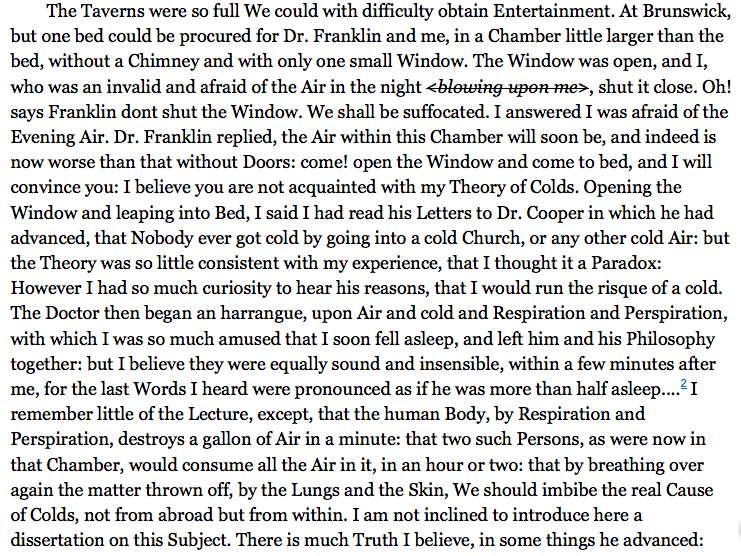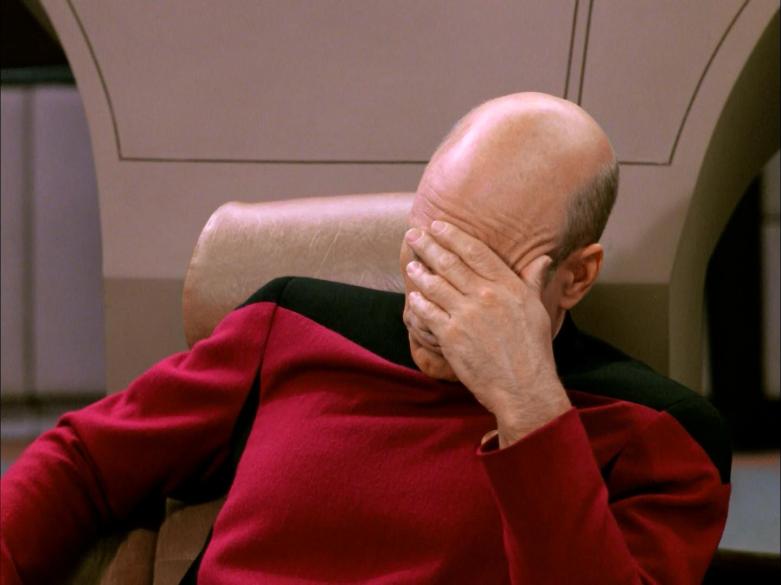 I’ve tried my hand at a few new kinds of public engagement efforts that have borne fruit. The latest example for me is in seeking TV interviews to talk about issues in public philosophy, particularly some ideas about how I think Mississippi could benefit from good democratic leadership. I’m headed to Tupelo, MS for an interview on WLOV’s This Morning show, Wednesday, November 18th. Then, on Monday, December 7th
I’ve tried my hand at a few new kinds of public engagement efforts that have borne fruit. The latest example for me is in seeking TV interviews to talk about issues in public philosophy, particularly some ideas about how I think Mississippi could benefit from good democratic leadership. I’m headed to Tupelo, MS for an interview on WLOV’s This Morning show, Wednesday, November 18th. Then, on Monday, December 7th November 23rd, (updated), I’ll be heading to Biloxi, MS to give an interview on WLOX’s News at 4 show. After each I’ll be holding a book signing, though only the one in Tupelo has been scheduled at this point.
 Scholars or readers curious about higher education may wonder: why do all of this? We certainly have enough work to do teaching classes, researching and writing, applying for grants, and serving our institutions and professional associations (the work of a professor is a lot more than what folks see in the classroom). Why add on to that with “outreach” or public engagement?
Scholars or readers curious about higher education may wonder: why do all of this? We certainly have enough work to do teaching classes, researching and writing, applying for grants, and serving our institutions and professional associations (the work of a professor is a lot more than what folks see in the classroom). Why add on to that with “outreach” or public engagement?
In “The Search for the Great Community,” from The Public and Its Problems, John Dewey argues that democracy’s prime difficulty has to do with how a mobile, complex, and many layered community can come to define itself and its interests. He believed that the key to addressing democratic challenges was to make use of democratic means, particularly communication. Democracy can embody wise leadership, but only with widespread, maximally unhindered communication, especially emphasizing the developments of human knowledge — the sciences, broadly speaking. For that reason, it is a clear and crucial extension of his democratic theory to value the public engagement of scholars with their communities.
When Dewey referred to public engagement, however, that did not mean only a one-way street. Communication takes listening too. So, the point isn’t only for scholars to speak to audiences, but for them also to learn from the people. When I write, I draw increasingly often from newspapers and magazines to illustrate my points about what people are saying and experiencing beyond the academy. Scholarly research is vital, but so is the world beyond the academy. Some circles have criticized me for it in peer-reviews, but so far I haven’t let that dissuade me from seeing scholars’ task as needing to draw also on sources and input from beyond the academy. In addition, talking with people around Mississippi and in other states about my work has revealed all kinds of interesting insights. Some people offer me great examples that I can use to strengthen my points. Others highlight challenges for bringing about the kinds of changes that I believe are needed.
 My point in this blog post is to give scholars and other writers a little nudge of encouragement to try something unusual: reach out to news stations and outlets. Some folks do this already. A great public philosopher, for example, is John Corvino. Few of us consider trying something that a mentor of mine encouraged me to try, though. John Lachs of Vanderbilt University said to me: “Plenty of people will read your op-eds, but vastly more people watch TV.” He encouraged me to pursue that direction for engagement. So, in addition to writing for newspapers I’ve been working on developing my “platform,” for which this Web site serves as a key tool. Along with that, there are ways to present oneself to news organizations, such as in creating a “press kit.” It was foreign to me too until I read Platform by Michael Hyatt (creator of my Web site’s WordPress theme, GetNoticedTheme).
My point in this blog post is to give scholars and other writers a little nudge of encouragement to try something unusual: reach out to news stations and outlets. Some folks do this already. A great public philosopher, for example, is John Corvino. Few of us consider trying something that a mentor of mine encouraged me to try, though. John Lachs of Vanderbilt University said to me: “Plenty of people will read your op-eds, but vastly more people watch TV.” He encouraged me to pursue that direction for engagement. So, in addition to writing for newspapers I’ve been working on developing my “platform,” for which this Web site serves as a key tool. Along with that, there are ways to present oneself to news organizations, such as in creating a “press kit.” It was foreign to me too until I read Platform by Michael Hyatt (creator of my Web site’s WordPress theme, GetNoticedTheme).
With the help of a student research assistant, I wrote to a handful of TV news outlets to let them know about my latest book, a work of public philosophy — Uniting Mississippi: Democracy and Leadership in the South. In the letter, I explained a little bit about the book, as well as my interest in getting the word out about the issues it covers. I then enclosed a nice brochure about the book that the University Press of Mississippi designed for it. Finally, I included an abbreviated 1-page press kit, as well as a short, 1-page set of “interview resources,” that I learned about from Michael Hyatt’s book. The letters went out in the last two weeks. A little over 10 days later, I got calls and emails from two TV stations inviting me for interviews. It worked.
I’ve said it before, but it bears repeating: The point of public engagement as a scholar is not in itself to get attention, money, or fame. The latter two are highly unlikely anyway. The point is to get our ideas out there and to learn from others through that engagement. If the ideas that we develop in the academy are worthwhile, then they’re worth some effort to spread the word about them. Benefits come from doing these things, but by far the greatest of these are the effects, however small, that we can have on our culture and the relationships we can expand and develop through the effort to speak up about issues that we care about and study.
Tell me on my Facebook page or on Twitter about your public writing and engagement.







 Who were your partners for the project (if any)?
Who were your partners for the project (if any)?